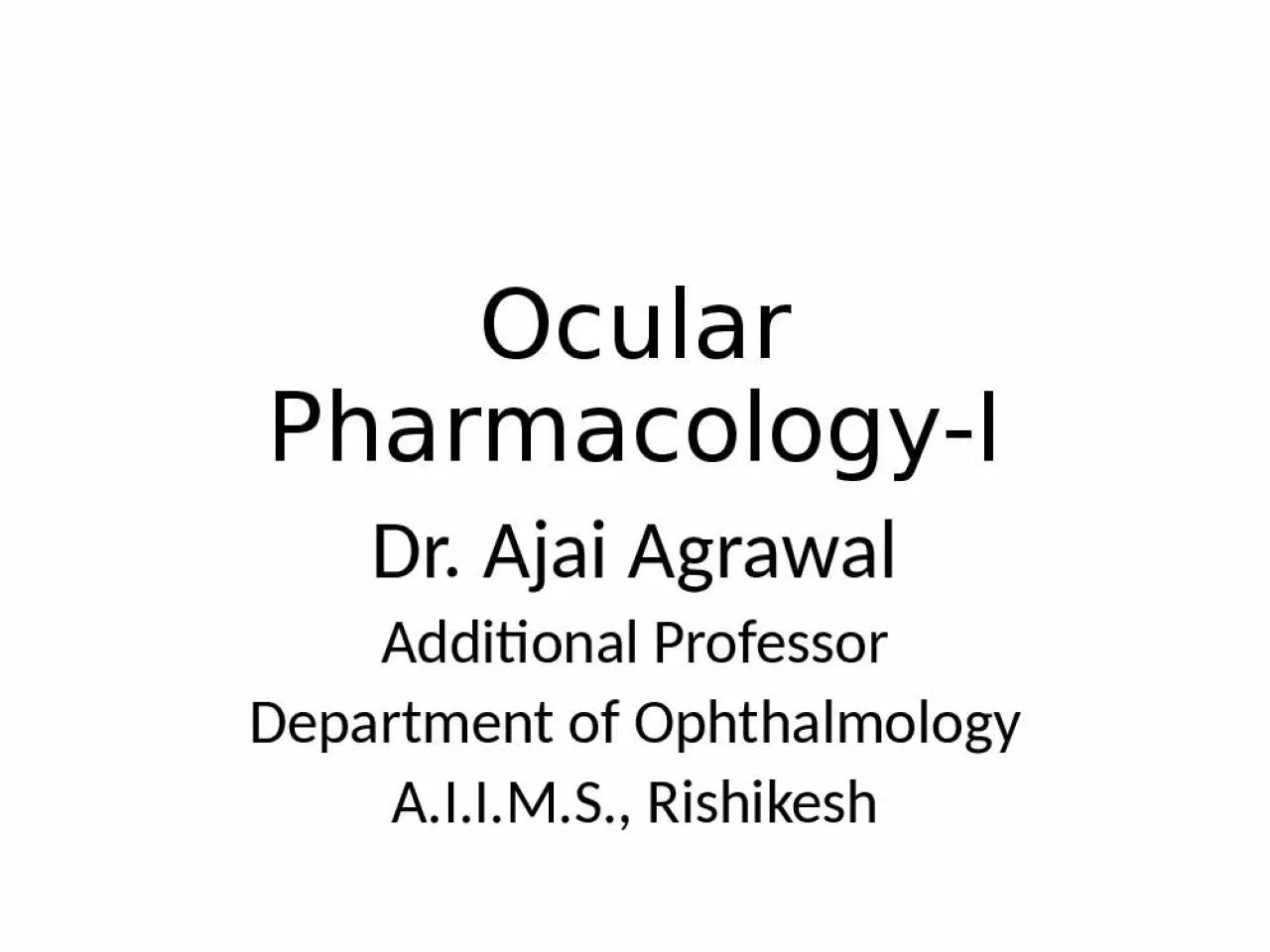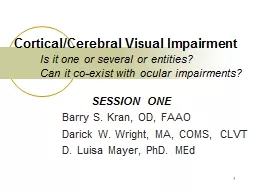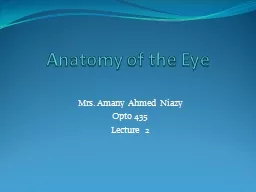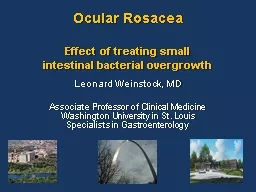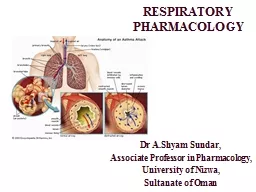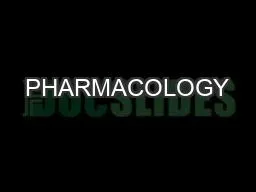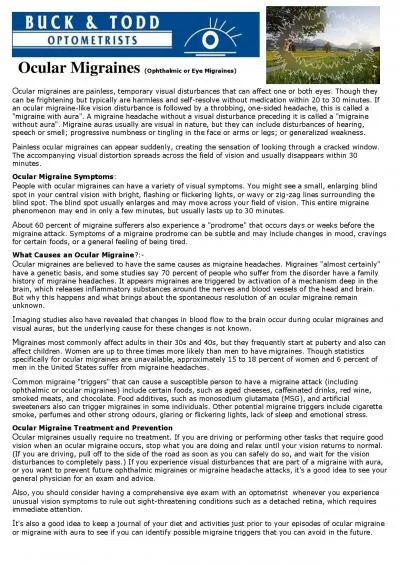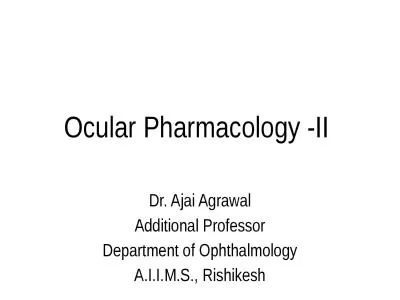PPT-Ocular Pharmacology-I Dr.
Author : jones | Published Date : 2022-05-15
Ajai Agrawal Additional Professor Department of Ophthalmology AIIMS Rishikesh Learning Objectives At the end of this class students shall have a basic understanding
Presentation Embed Code
Download Presentation
Download Presentation The PPT/PDF document "Ocular Pharmacology-I Dr." is the property of its rightful owner. Permission is granted to download and print the materials on this website for personal, non-commercial use only, and to display it on your personal computer provided you do not modify the materials and that you retain all copyright notices contained in the materials. By downloading content from our website, you accept the terms of this agreement.
Ocular Pharmacology-I Dr.: Transcript
Download Rules Of Document
"Ocular Pharmacology-I Dr."The content belongs to its owner. You may download and print it for personal use, without modification, and keep all copyright notices. By downloading, you agree to these terms.
Related Documents

